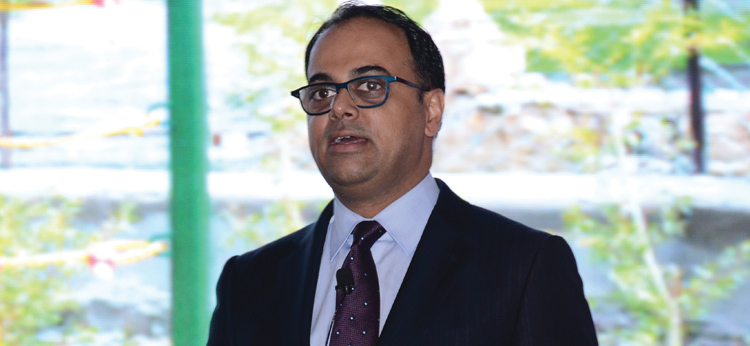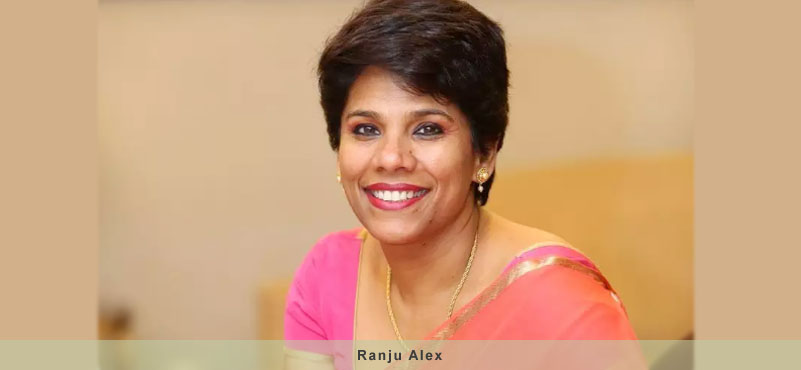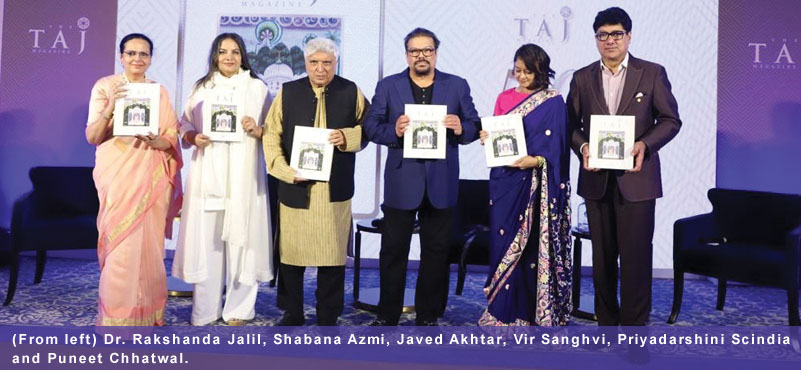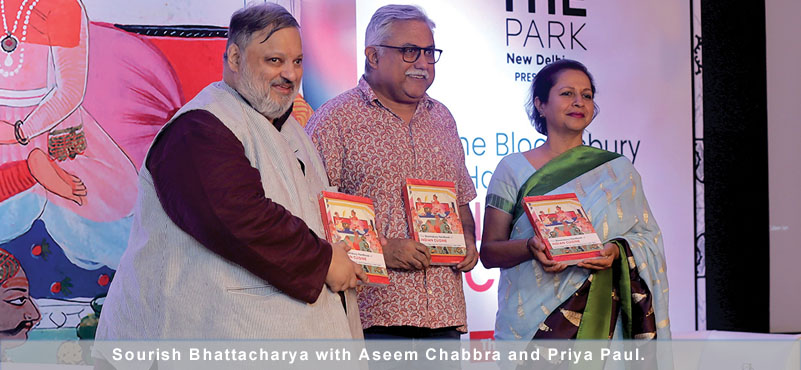On the opening day, on the sidelines of the HOSI Summit, TourismFirst caught up with Rajeev Menon, who is now based in Singapore and looks after AsiaPac region outside of China, Hong Kong, Macau and Taiwan. How does he see the growth of Marriott in present times and how do challenges in hospitality differ between those in India and the rest of Asia?
What is your big take-away on the Indian market?
So Indian leisure market per se, I see immense value in it over the long term – why, because looking at the demographics of the country, look at how busy the working population is, and as wealth improves, we have seen this across the world, that people want to get away. They will try and get away for short periods of time which makes a perfect opportunity for Indians to take 3-4 day short breaks.
When you look at the success of our JW Marriott Mussoorie it has been driven because of that. They are willing to pay high rates if they get good quality. And as more and more resorts come about, infrastructure improves, I see immense potential in growth of leisure tourism driven by Indians within India.
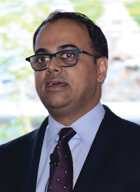 What is the learning from Marriott Jaipur, as this is another leisure market, too, to consider?
What is the learning from Marriott Jaipur, as this is another leisure market, too, to consider?
So Marriott Jaipur over the years has done quite well, from the point of view that it is the one hotel in Jaipur that when it opened it was really catering to three different segments. One, the convention facilities that we built in the hotel made it a great convention hotel, it also served as a destination wedding hotel and Jaipur is home for weddings. The location of the hotel also gives us a good advantage, that part of Jaipur is starting to become very active in the corporate community. And then the main play is the leisure, both domestic and international travel. So all three combined have helped the hotel – weddings, and MICE, but let me say that most of it is Indian.
And when you look at a hotel like in Jaisalmer, again the profile…
We expect to open a hotel by the end of the year in Jaisalmer. My sense is sometime over September, that market is going to be a little more seasonal, with a higher concentration of foreign travelers. The mainstay would also be driven by destination weddings. And some MICE. It’s got great outdoor spaces and should prove to be a good hotel for weddings.
So looking at tourism as a whole for the country, now you are saying your footprints into the leisure market are growing, so is there anything specifically you want to say for the future as for the present or expanded Marriott – what role you can play, a group with the largest group inventory in the country?
See as a company even today we stay very focused on developing leisure travel as we grow hotels in markets around the country. We are also looking at a Fairfield Amritsar this year, a city that has so much religious tourism to boost. So I genuinely see a lot of opportunity, a lot of it is driven by our own internal push through promotions and rewards. Globally, we have 54 million members on our loyalty programme. As foreigners come into India and want to go to Chandigarh or Amritsar and if there is a Marriott branded hotel, they will typically choose that hotel.
Is there any statistics to show that once there is Marriott flag in the city what kind of travel and tourism you draw additionally to that city?
I will have to look at soma data to know that. But what we typically do is to measure is one, we have done studies to show that a Marriott reward customer typically travels further to stay at a Marriott hotel as compared to other branded hotels. We have seen where we have Marriott hotels, and well run Marriott hotels, we get higher premiums against our competitors but that’s based on us pulling a bigger share of the market. What you have to remember is we get big global brands like Marriott, Starwood or Hyatt opening up in a market that also gives the consumer the comfort. So that’s the drive one can say helps drive people. Consider the case of Mussourie, a hill station that we all grew around as kids, eventually lost its shine and when you talk about opening a hotel, you worry that you are opening a hotel in market that doesn’t have any quality product and the customer base is really not that of a luxury traveler – so what we saw…about 5 km away from the Mall Road, the hotel today drives one of the highest rates in the country. It is consistently the number 1 hotel when it comes to guest satisfaction in our Asia system. That tells me the success and potential of leisure travel. 90% plus of our base is Indian travellers. It also tells us about the power of the Marriott drive to drive business.
You talked about your Marriott rewards. Hypothetically, once you have your alliance in place with Starwood, then your rewards combined with SPG, will there be any loyalty progamme that can even come close to that?
Globally, Marriott is 54 million and from what I know, Starwood is about 21 million. We have almost 4400 hotels in the world and Starwood has 1250 hotels – that’s the difference. They are two very strong loyalty programmes and if everything falls in place then eventually this will be a great competitive advantage for us.
How is the overall economic environment in your area as far as hospitality is concerned ?
So it is interesting, there are three markets for us that are doing quite well. One being Japan, it is very strong, the growth in Chinese tourism into Japan has been phenomenal. Japan will host the Olympics in 2020, so Japan’s travel business is thriving. The second market is Thailand which is doing reasonably well. Thailand has been prone to some or the other challenge almost every year but over the course of last year and this year it is doing well. India has been a star performer for us over the last couple of years. As the Indian economy is starting to improve, the sentiment for business in improving, we are seeing very strong growth. Our Indian portfolio is quire big now. So these are strong markets, markets where we have challenges are Indonesia and Malaysia because of the commodities issues, these economies were heavily based on oil and commodities. So the economies have slowed down and they are showing not as robust a growth as other markets. My expectation is that by the end of the year, we remain focused to getting a double digit rev par growth in my part of the world.
Tell me typically when you look across markets, how is the challenge in terms of general operations of hotels different or same?
So in some cases there is uniqueness to the markets. In other cases, there is a lot of commonality. While India is at the forefront for the rise of domestic tourism we are seeing improvement in domestic tourism in places like Indonesia, Philippines, Thailand where hotels in the past that were only catering to international travelers, today the number of Thai or Indonesian travelers has increased dramatically. I am talking 30-40% within their own country. Low cost airline carriers have helped in this regard. Another commonality, in terms of challenges, what we experienced in India a few years ago with slowing down of the economy, a lot of supply in the market, issues with bank loans, now we are starting to see similar issues in places like Indonesia. They have a bigger challenge, in the short term, that many of the loans that were taken in that market were taken in US currency, so as the currency depreciates, that burden gets bigger. So if you successfully learn in one market, you can apply that in other markets and create efficiencies in how we do business. However, what works in one country, may not work in another. But you can figure out ways of driving efficiencies based on your learnings in other markets.
What is the one big learning that you have acquired from India?
I always say that India taught me genuine hospitality. India as a country, as a culture and as a business, has had a legacy of genuine hospitality. And for that I remain indebted to India!

